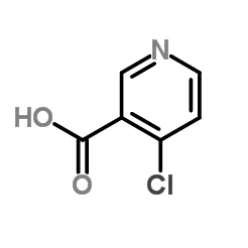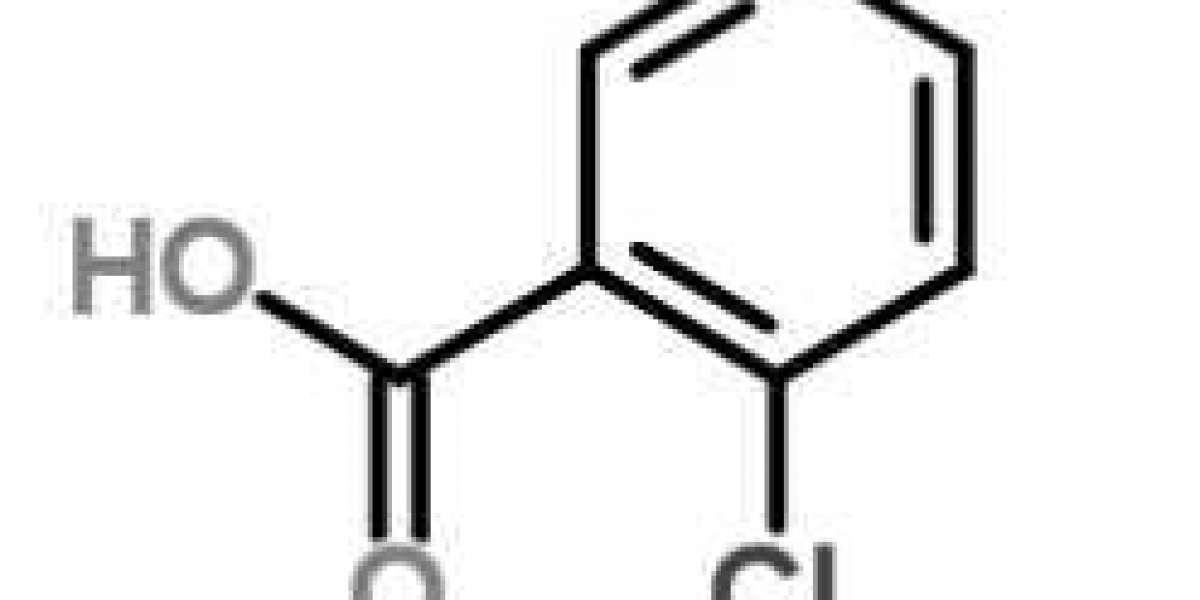In the vast realm of pharmaceutical synthesis, the search for novel compounds with diverse applications and therapeutic potential is a constant pursuit. One such compound that has garnered significant attention in recent years is 4-chloronicotinic acid. This blog post aims to shed light on the versatility and potential of this compound in the field of pharmaceutical synthesis. From its chemical properties to its role in drug development, SACH BIOTECH will explore the various aspects that make CAS No.: 4-chloronicotinic acid 4-chloronicotinic acid a valuable asset in the quest for new and improved medications.
1. Understanding 4-Chloronicotinic Acid:
4-Chloronicotinic acid, also known as 4-CNA, is an organic compound belonging to the class of pyridine derivatives. It is characterized by the presence of a chlorine atom at the 4-position of the pyridine ring. This unique structural feature imparts distinct chemical properties to 4-CNA, making it an attractive building block for pharmaceutical synthesis.
2. Synthesis of 4-Chloronicotinic Acid:
The synthesis of 4-CNA can be achieved through various methods, including chlorination of nicotinic acid or by introducing a chlorine atom to the 4-position of nicotinic acid using appropriate reagents. These synthetic routes provide access to 4-CNA in good yields, making it readily available for further applications.
3. Versatility in Pharmaceutical Synthesis:
3.1 Building Block for Heterocyclic Compounds:
One of the key applications of 4-chloronicotinic acid lies in its ability to serve as a versatile building block for the synthesis of various heterocyclic compounds. By utilizing the reactive chlorine atom, chemists can introduce different functional groups and modifications, leading to the creation of diverse chemical entities with potential pharmaceutical activities. These derivatives can exhibit a wide range of biological properties, including antimicrobial, antiviral, anti-inflammatory, and anticancer activities.
3.2 Ligand Design and Metal Complexes:
4-CNA can also act as a ligand in coordination chemistry, forming metal complexes with transition metals such as copper, nickel, and palladium. These metal complexes have shown promising catalytic activity in various reactions, including cross-coupling reactions and C-H activation. The ability to tune the ligand structure and metal center opens up new avenues for the development of efficient and selective catalysts in pharmaceutical synthesis.

4. Pharmacological Applications:
4.1 Antimicrobial Agents:
The antimicrobial potential of 4-chloronicotinic acid and its derivatives has been extensively studied. These compounds have demonstrated inhibitory effects against a wide range of bacteria, fungi, and parasites. The ability to modify the structure of 4-CNA derivatives allows for the optimization of antimicrobial activity, making them potential candidates for the development of new antibiotics and antifungal agents.
4.2 Anticancer Agents:
Cancer remains a significant global health challenge, and the search for effective anticancer agents is ongoing. 4-CNA derivatives have shown promising anticancer activity against various cancer cell lines. These compounds can target specific molecular pathways involved in cancer progression, making them potential candidates for further development as anticancer drugs.
4.3 Anti-inflammatory and Immunomodulatory Agents:
Inflammation and immune dysregulation are underlying factors in many diseases. 4-CNA derivatives have exhibited anti-inflammatory and immunomodulatory properties, making them potential candidates for the treatment of autoimmune disorders, such as rheumatoid arthritis and multiple sclerosis. Further research is needed to fully explore their therapeutic potential in this area.
5. Conclusion:
In conclusion, 4-chloronicotinic acid holds immense promise in the field of pharmaceutical synthesis. Its versatility as a building block for heterocyclic compounds, ligand design, and metal complexes, coupled with its pharmacological potential, makes it a valuable asset in drug development. The ability to modify its structure and tailor its properties opens up a world of possibilities for the creation of novel therapeutic agents. As research in this field progresses, we can anticipate the emergence of new and innovative pharmaceuticals derived from 4-chloronicotinic acid, contributing to the advancement of healthcare and the betterment of human lives.
https://www.hzsqchem.com/Application-of-4-chloronicotinic-acid-in-the-field-of-drug-synthesis.html







